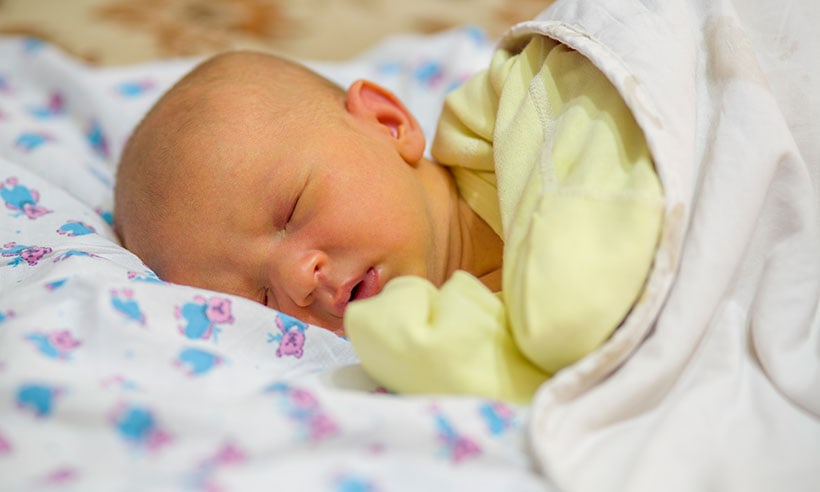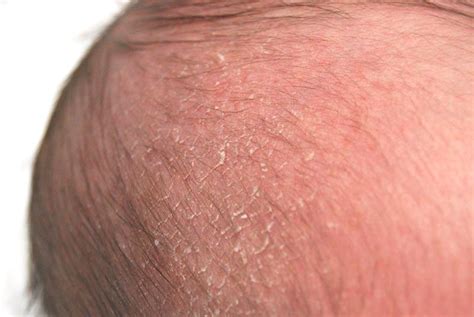Causes, Symptoms, and Treatment
After the birth of a baby, it is common for care providers to watch a newborn closely. One of the things that your care provider will be monitoring is jaundice. Jaundice is normal in almost all newborns, however, if jaundice appears out of the normal range then steps will be taken to get it back under control.
What is Newborn Jaundice?
Jaundice is a condition that can occur in newborns, within 2-3 days of birth. Jaundice is actually a yellowing of the skin or whites of the eyes’. This is caused by elevated bilirubin levels in the newborn’s blood. Jaundice normally appears first on the face and then will move down the body to the chest, abdomen, arms, and legs.
Jaundice is best seen in natural light and can be harder to detect in dark-skinned babies. If jaundice is suspected, your health care provider will run blood tests to measure the amount of bilirubin in the blood.
What can cause Jaundice or increase the chances of Newborn Jaundice?
The most common type of jaundice is called Physiologic Jaundice, which can affect up to 60% of full-term babies in the first week of life. It is caused by elevated bilirubin levels. Bilirubin is a substance created by the normal breakdown of red blood cells. Bilirubin is processed and removed by the liver.
Jaundice will develop when a baby’s liver is not efficient enough to remove the bilirubin from the bloodstream. Once the baby begins to mature and the red blood cell amounts diminish, jaundice will subside with no lasting effects on the baby. This usually happens about 1-2 weeks after birth.
There are other less common reasons that can cause jaundice to occur. Other causes of Jaundice include:
- Blood incompatibility with mom which causes an increased release of bilirubin from red blood cells
- Prematurity
- Medical conditions such as blood clotting issues, or other blood issues
- Excessive bruising during birth
- Issues with Breastfeeding
Learn more about breastfeeding and jaundice.
Bilirubin Levels in Full Term, Healthy Newborns that may Require treatment
| Serum bilirubin Levels | Age of baby |
| Above 10 mg | Less than 24 hours old |
| Above 15 mg | 24-48 hours old |
| Above 18 mg | 49-72 hours old |
| Above 20 mg | Older than 72 hours |
What are the Symptoms of Jaundice?
The symptoms of jaundice include yellowing of the skin and yellowing of the eyes. Some times in severe cases of jaundice, a baby will seem very sleepy and have a hard time feeding.
Is Newborn Jaundice Harmful?
If jaundice is left untreated and bilirubin levels reach limits exceeding 25mg, there is the possibility of cerebral palsy, deafness, or certain forms of brain damage to occur. Jaundice in itself may not become harmful to a baby, but it may be the symptom of an underlying medical condition that can cause other issues.
A less serious side effect that may occur from jaundice is sleepiness in the newborn. This can cause the baby to not eat well, which can make jaundice worse.
How is Jaundice treated?
In most full-term, healthy babies, jaundice will resolve on its own and no treatment other than frequent feedings will be necessary. But, dependent on the levels of bilirubin in the baby’s blood, and the age of the baby, a more aggressive approach to treatment may be needed.
Treatment for jaundice includes:
-
- Frequent feedings to encourage frequent bowel moments. Bowel movements help to eliminate the bilirubin out of the body.
- Phototherapy- Phototherapy is a light that helps break down the bilirubin in the baby’s skin. If a baby is still in the hospital or is readmitted to the hospital, Phototherapy may be administered by placing the baby in a special warmer surrounded by these lights. New technology also allows parents to treat mild jaundice at home by using “bili lights” or “bili-blankets” to reduce jaundice.
- Some health care providers feel that placing a baby near a window where he/she can receive indirect sunlight can also help with mild cases of jaundice.
- In severe cases of jaundice, a blood transfusion or blood exchange may be needed.
Compiled using information from the following sources:
1. AAP.org, American Family Physician.
2. Kids Health/Nemours Foundation.
3. eMedicineHealth.
https://www.emedicinehealth.com/
4. American Academy of Pediatrics (AAP). Management of hyperbilirubinemia in the newborn infant 35 or more weeks of gestation. Pediatrics. 2004 Jul;114(1):297-316. [Medline]
5. Mercier CE, Barry SE, Paul K, et al. Improving Newborn Preventive Services at the Birth Hospitalization: A Collaborative, Hospital-Based Quality-Improvement Project. Pediatrics. 2007 Sep;120(3):481-488. [Medline]
6.Moerschel SK, Cianciaruso LB, Tracy LR. A practical approach to neonatal jaundice. American Family Physician. 2008 May;77(9). [Medline]






